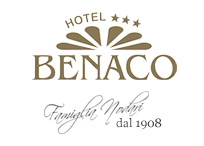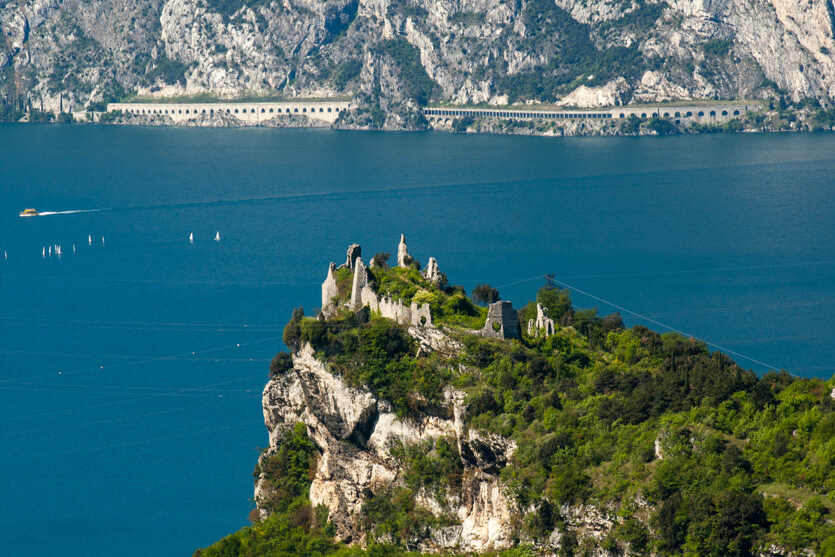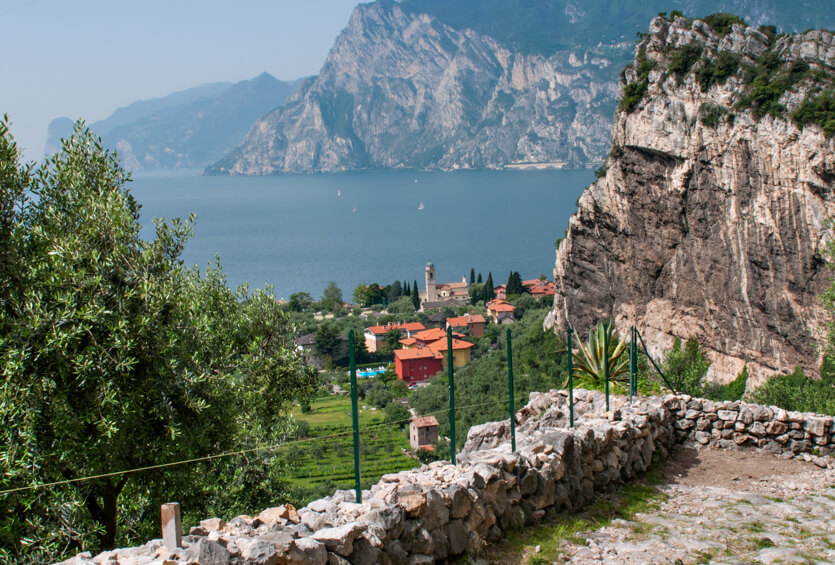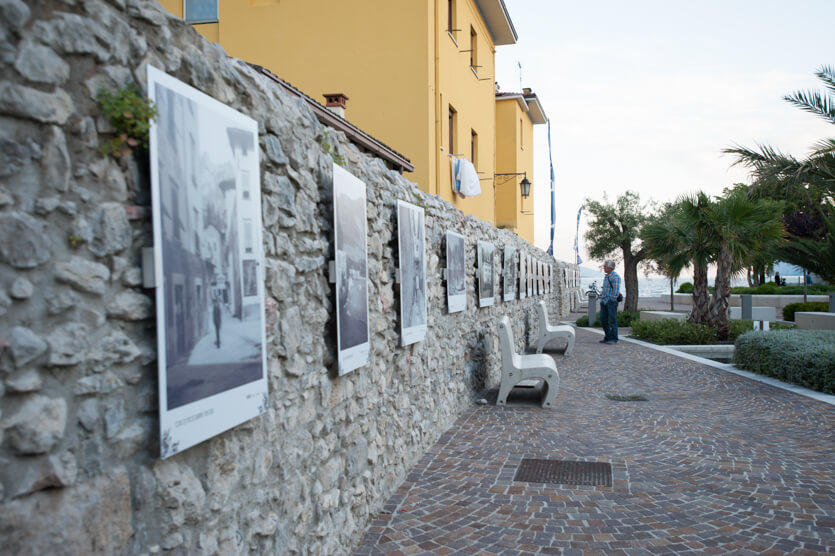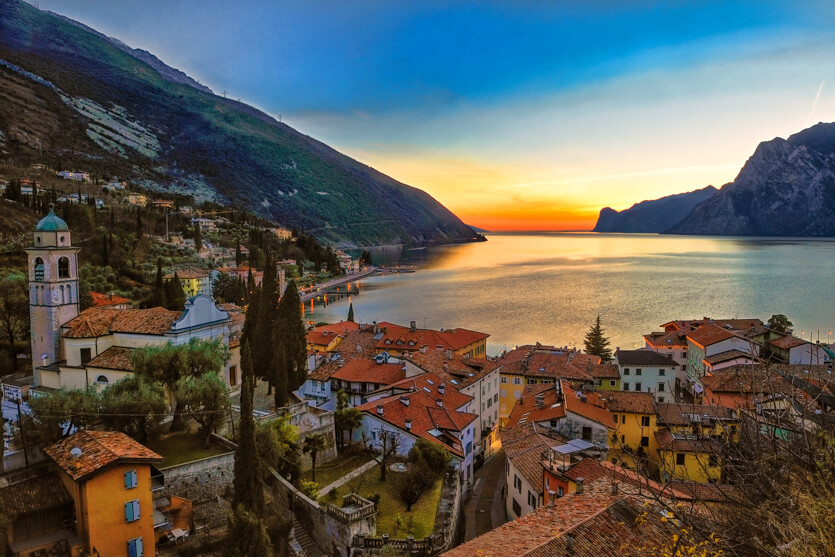History of Torbole
Torbole sul Garda is since the Prehistoric a transit point and also inhabited by people who hunted since the Neoliticums, fished and gathered forest fruits and roots on the Monte Baldo, which was after the Ice Age Flora ( about 10,000 years ago) a huge and rich collection of fauna and flora.
The last nation were the Rets with the development of pre-Roman cultures that populated our Trentino Alps, the legacies have always been clear and tangible . In the center of Torbole and close to the Castel Penede some of those legacies have been found, also in the little valley of Doss Tenin to the foothills of Monte Baldo and even on the summit of Monte Altissimo , on the ancient communication highway with the Brentonico plateau and the Valle dell’ Adige.
In the first century b.c. the Roman Empire captured and subjected our region and thus Torbole and Riva and assigns it to the Roman province , as it results from plaques and ancient writings that are preserved in the Museum of Riva del Garda.
In Torbole one speaks of a temple that was dedicated to a Roman deity , and was located there, where today the church of Sant’Andrea stands . Among all the legends that have grown up around Torbole, there are also those of the huge landslide that has shed the old village in the first centuries after Christ’s birth, which today would be located under the park Busatte . Against 1000 Torbole was mentioned several times in connection of big monasteries in the Po Valley , which had large olive -growing areas on the whole lake territory.
The legend wants that in 1200 the great poet and founder of the Italian language Dante Alighieri has sealed some poems at Torbole, where he found himself in an imposing landscape of the panorama of the Garda from the rocks of Penede .
In the Renaissance Torbole starts to become the target of some travelers. As the great Albrecht Dürer, who moved from northern Europe in the direction of classical Rome, where they sought the spirit that has set the European culture in motion. During this time it was safer to travel across Lake Garda as by the Adige Valley. The French philosopher Michel Eyquem de Montaigne did that as well in 1580, when he also traveled through Torbole .
1786 in the middle of the Enlightenment J. W. Goethe came to Torbole and describes very poeticly but scientifically formulated in his diary his two days on Lake Garda , a subtle mind , who desribed a landscape which is Mediterranean and no longer appears Alpine for the first time.
In the 19th Century in the footsteps of Goethe a myriad of painters, artists, poets and scientists traveled to Torbole to relive the impressions of “Trip to Italy ” of the estimated German poet ( for the Italians equated with Dante ) . This was the inspiration for the first wave of organized tourism at Torbole, which was elitist first and quickly became a mass tourism until today with dizzying numbers.
1899 came the Berlinian Heinz Lietzmann and decides to stay , he founded the perhaps first nude painting school in Northern Italy with a German spirit and courage. During this time, some famous people have visited Torbole , including Sigmund Freud, Franz Kafka and many other German scientists and artists who tried the salmon trout on the occasion of their trips to Torbole on the terrace of the restaurant Lago di Garda.
When the First World War broke out Torbole was surprised by the migration of the whole population which was transported en masse to Austria . Until 1918, Torbole was part of the Habsburg Empire. After the conflict , Torbole was reconnected to Italy and in deep economic crisis. Many large hotels were forced to close and others downsize . The agriculture and fisheries remained the largest source of income until at least 1950.
After the Second World War, since the 50s with the European Economic Miracle , new investments were made at Torbole, from construction to tourism within 30 years you can see the change in the economy, which is still marked primarily by tourism.
Further information you can get on the arrival at the hotel
Text by Claudio Nodari

